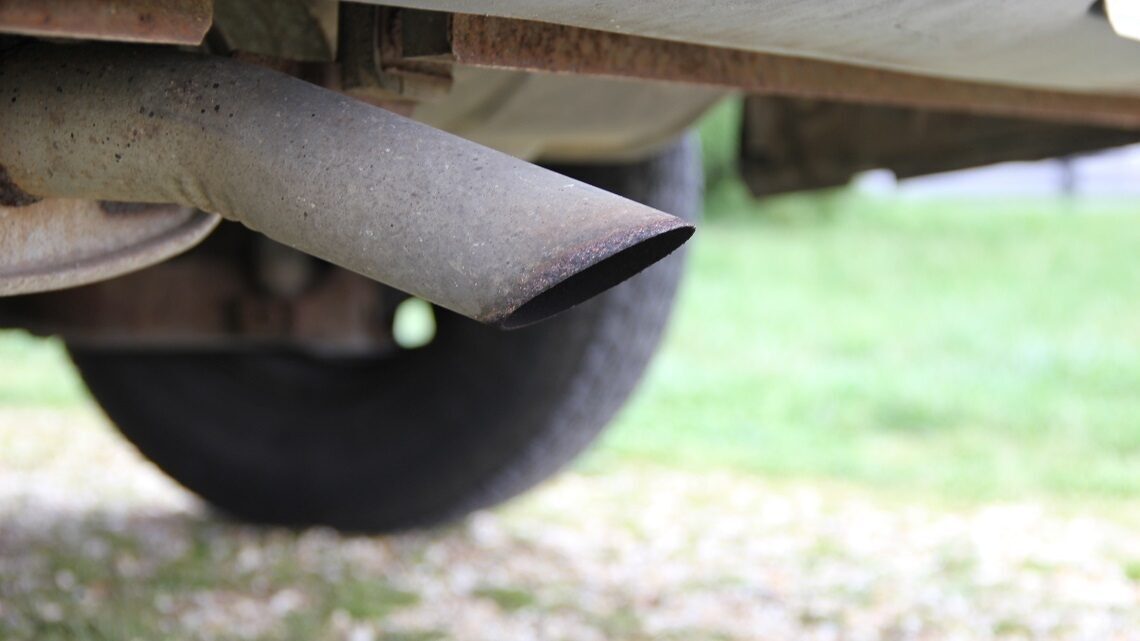Stop Vehicle Idling

Idling vehicles is wasteful and damaging to the environment and human health. Idling more than 10 seconds uses more fuel and produces more emissions than stopping and restarting your engine. These emissions contribute to air pollution that can harm aquatic life and water quality by leading to dead zones. Greenhouse gas emissions from idling also contribute to climate change which is already impacting the region with rising sea levels, warming temperatures, and extreme weather.
Air pollution also harms people. Schools during pick-up and drop-off can turn into a hotspot for vehicle idling. As caregivers, parents, and bus drivers idle, students are exposed to elevated levels of pollutants that can lead to asthma, respiratory problems, and other health issues. These pollutants can also enter the school building, worsening the indoor air quality and increasing exposure to students, staff and teachers.
Connecting to Issue Investigation
Investigations into human health and climate change can lead to this solution. If students investigate sources that negatively impact their health and others, they won’t have to look further than the school parking lot. And, the emissions from vehicles are a major greenhouse gas contributor so a no idling campaign can be a solution for climate change investigations.
For those working towards green school awards, this action can reduce a school’s environmental impact and fuel costs for buses in addition to improving the health and wellness of students and staff by decreasing exposure to these pollutants.
Facilitating Student Action
Students should continue to have opportunities to share ideas and opinions throughout the process of identifying, planning, and implementing action. Listed here are just a few ways students can stay engaged while working on this solution—but there are many more! The complexity of each activity/task can be adjusted for each grade level.
Educate - students can research the dangers of exposure to vehicle exhaust and cost of idling and share their findings with the school administration and the broader school community. This education campaign can take many forms to flyers, posters, emails or presentations at parent nights.
Advocate - students can advocate for idle-free zones at schools by presenting to the school board and getting support from parents and teachers.
Monitor - students can monitor the number of vehicles idling each day and the time they idle to inform a campaign to stop idling. Monitoring can include calculating the amount of gas spent idling using this worksheet. Monitoring can continue to learn of campaign progress and results.
Share and Celebrate - students can celebrate their work by sharing their results with the broader school community by writing articles, press releases or inviting reporters from the school paper and local news agencies.
Stop Vehicle Idling Resources
Research on no-idling campaigns can start by reviewing what laws are currently in place. Click this link (a spreadsheet will download) to find laws in your state (updated in 2020). The list was compiled by Clean Cities Coalition Network which also provides an education and outreach toolkit for idle reduction campaigns.
The Idle-Free Schools Toolkit from the Environmental Protection Agency includes resources to start a campaign including presentations, sample letters and policies, and protocols for monitoring idling.
It’s your Turn - Turn it Off school campaign is geared towards parents and offers informative videos, flyers and posters that can support a no idle campaign.
Our Climate our Future offers step-by-step instructions for an Idle-Free Schools Campaign geared towards students.
